This article was medically reviewed by Scott Tobis, MD. Dr. Scott Tobis is a board certified Urologist. With more than seven years of experience, he specializes in treating patients for urologic conditions such as urologic cancers, prostate enlargement, vasectomy, kidney stones, frequent/urgent urination, erectile dysfunction, incontinence, and blood in the urine. Dr. Tobis holds a BS in Cellular and Developmental Biology from The University of California, Santa Barbara, and an MD from Dartmouth Medical School. He completed his internship in General Surgery and residency in Urologic Surgery at the University of Rochester School of Medicine and Dentistry and his fellowship in Urologic Oncology and Robotic Surgery at The City of Hope National Medical Center. Dr. Tobis is a diplomat of the American Board of Urology.
There are 13 references cited in this article, which can be found at the bottom of the page.
This article has been viewed 28,455 times.
Prostate enlargement can lead to urinary tract problems, so of course you want to prevent it if you can. Unfortunately, there are no sure-fire ways to do so. However, you can get regular checkups in hopes of catching the issue early and heading it off with treatment. Otherwise, try exercising and watching your weight, as those factors can put you at risk for developing an enlarged prostate.
Steps
Making Lifestyle Changes
-
1Eat a balanced diet with lean proteins, fruits, veggies, and whole grains. Excess body fat may play a role in the size of your prostate, so focus on eating a healthy diet with plenty of fruits and vegetables. Aim for 5-7 servings of fresh, dried, canned, or frozen fruit and vegetables a day without added sugar. For lean proteins, try foods like chicken breast, fish, and beans. For whole grains, eat foods like whole wheat, bulgur, barley, quinoa, and oatmeal.[1]
-
2Lower your daily fat intake. Obesity can put you at risk for this condition, so lowering how much fat you eat may help lower your risk. Watch for fat in foods like red meat, dairy products, tropical oils like coconut or palm oil, and processed foods.[4]
- Your fat intake should be 20 to 30% of your daily caloric intake. Reading labels is really helpful so you know what's in your food.
- When you do eat fats, focus on unsaturated fats, such as nuts, nut butters, avocados, and olives. You can also eat oils like canola, peanut, olive, safflower, corn, soybean, and sunflower.
- Omega-3 fatty acids are also healthy, and they're found in tuna, anchovies, salmon, herring, walnuts, flaxseed, and chia seeds, to name a few.[5]
Advertisement -
3Watch your waistline by cutting back on calories. If you are at an appropriate weight, make sure you are eating just enough calories to sustain yourself and not gain weight. Otherwise, try cutting back your calories enough so that you lose 1 to 2 pounds (0.45 to 0.91 kg) a week.[6]
- To calculate how many calories you need to be eating per day, visit a website like https://www.choosemyplate.gov/MyPlatePlan.
- Make sure you are checking portion sizes so you know how many calories you are eating. If you try to eyeball it, you'll likely eat more than the appropriate serving. Try measuring out your food for a little while.
-
4Cut out sugary drinks to lower your overall caloric intake. When you drink sugary drinks like soda, sports drinks, and juice, it's easy to take in more calories than you mean to. While an occasional one is fine, try not to drink them every day.[7]
- Try drinking club soda instead, or the unsweetened, flavored carbonated waters. You can also mix a little juice in with your club soda to flavor it.
- Unsweetened tea or coffee are also good choices. In fact, limited research suggests that unsweetened green tea may help prevent prostate enlargement.
-
5Consider adding a supplement to your daily routine. While no supplement has been proven to help prostate complications, some have shown promise for reducing inflammation. Supplements that may be helpful for prostate health include beta-sitosterol, green tea extract, saw palmetto, stinging nettle root, vitamin D, and Pygeum africanum.
- Most of these supplements can be found over-the-counter at most pharmacies and health food stores.
- Always talk to your doctor before adding a new supplement to your routine. They can advise on proper dosage and talk to you about potential interactions with any of your current medications.
-
6Exercise 30 minutes most days of the week. Exercise can also help you keep off the pounds. In addition, it may help balance out your hormones, which in turn can decrease the likelihood of you developing an enlarged prostate.[8]
- You don't have to go to the gym to get in your exercise. Take a walk around the neighborhood at night or go to the park with a friend.
- You can also fit in activity throughout your day, such as taking the stairs instead of the elevator and parking farther out when you go shopping.
- Always talk to your doctor before starting any exercise program.[9]
Catching the Condition Early
-
1Know your risk factors. The main risk factor is getting older, as men over 40 are at risk for this condition. However, genetics also play a part, so if other people in your family have been affected by this condition, you may be, too.[10]
- Diabetes, heart disease, obesity, and erectile dysfunction can also put you at risk for this condition.[11]
-
2Discuss having prostate exams. No one likes having prostate exams, but having them regularly will help your doctor notice any changes with your prostate. Ask your doctor about the best schedule for your exams; typically, they happen once a year or every 2 years.[12]
- Prostate exams include a rectal exam, where your doctor will insert a gloved finger up your rectum to check the physical state of your prostate. While this exam may cause a bit of discomfort, it's generally not painful.
- By getting exams, you'll be able to catch prostate growth early and begin treatment as soon as possible.
-
3Watch for the early symptoms so you can begin treatment. The symptoms can come on gradually, so you may not notice at first. However, the sooner you catch them, the sooner you can start treatment.[13] [14]
- Typical symptoms include needing to urinate more often (8+ times a day), the inability to hold your urine, dribbling at the end of urination, low flow or interruptions in the urine stream, pain while urinating, incontinence, and urine with an unusual look or odor.
- You may also experience pain after ejaculation.
- There are multiple classes of medications available that are most effective early in the course of the disease, but can become less effective as the prostate enlarges further.[15]
- At that point, talk to your urologist about procedural therapies.[16]
References
- ↑ http://www.urologyhealth.org/urologic-conditions/benign-prostatic-hyperplasia-(bph)/causes
- ↑ https://www.mayoclinic.org/diseases-conditions/prostate-cancer/in-depth/prostate-cancer-prevention/art-20045641
- ↑ Scott Tobis, MD. Board Certified Urologist. Expert Interview. 26 August 2021.
- ↑ https://www.mayoclinic.org/diseases-conditions/benign-prostatic-hyperplasia/expert-answers/enlarged-prostate-and-diet/faq-20322773
- ↑ https://my.clevelandclinic.org/health/articles/11208-fat-what-you-need-to-know
- ↑ https://healthfinder.gov/HealthTopics/Category/health-conditions-and-diseases/diabetes/watch-your-weight
- ↑ https://healthfinder.gov/HealthTopics/Category/health-conditions-and-diseases/diabetes/watch-your-weight
- ↑ http://www.urologyhealth.org/urologic-conditions/benign-prostatic-hyperplasia-(bph)/causes
- ↑ https://familydoctor.org/condition/benign-prostatic-hyperplasia-bph/
- ↑ https://www.mayoclinic.org/diseases-conditions/benign-prostatic-hyperplasia/symptoms-causes/syc-20370087
- ↑ https://familydoctor.org/condition/benign-prostatic-hyperplasia-bph/
- ↑ https://www.niddk.nih.gov/health-information/urologic-diseases/prostate-problems/prostate-enlargement-benign-prostatic-hyperplasia
- ↑ Scott Tobis, MD. Board Certified Urologist. Expert Interview. 26 August 2021.
- ↑ https://www.niddk.nih.gov/health-information/urologic-diseases/prostate-problems/prostate-enlargement-benign-prostatic-hyperplasia
- ↑ Scott Tobis, MD. Board Certified Urologist. Expert Interview. 26 August 2021.
- ↑ Scott Tobis, MD. Board Certified Urologist. Expert Interview. 26 August 2021.
- ↑ https://www.health.harvard.edu/newsletter_article/Ejaculation_frequency_and_prostate_cancer
- ↑ https://www.center4research.org/pomegranate-juice-prostate-health/


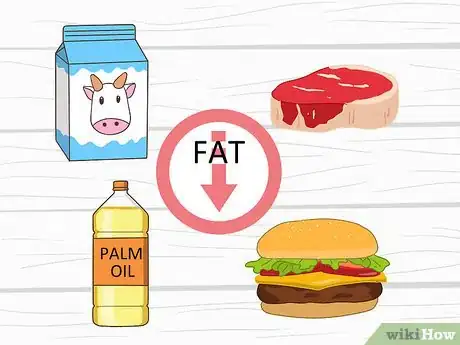
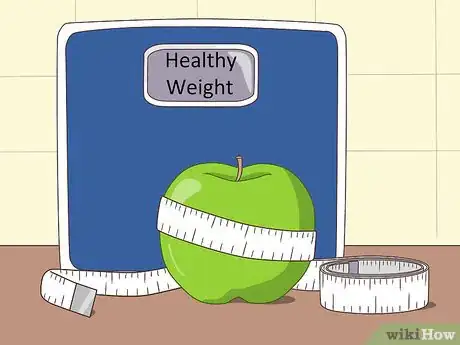

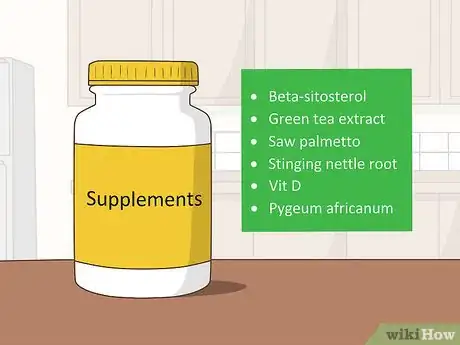
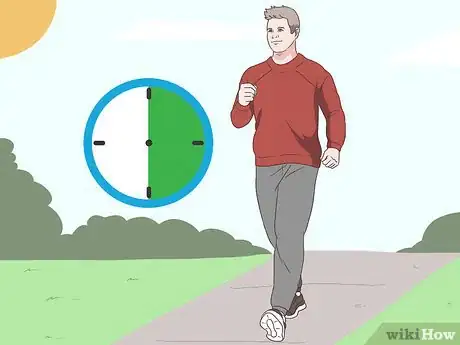
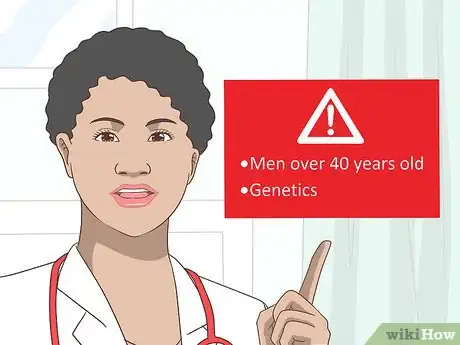
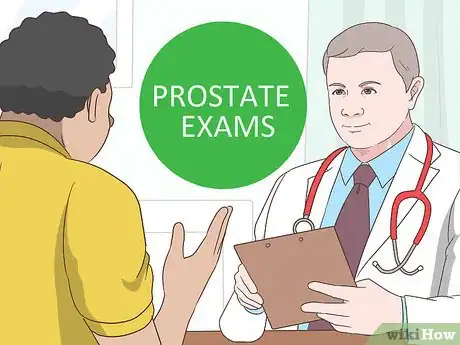
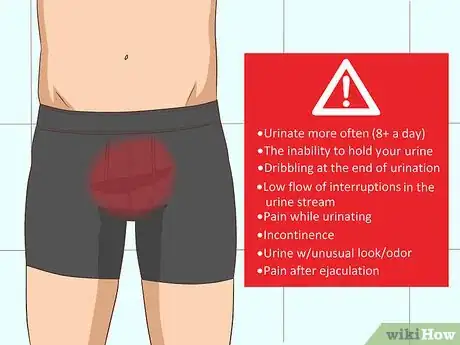
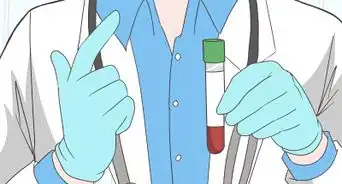


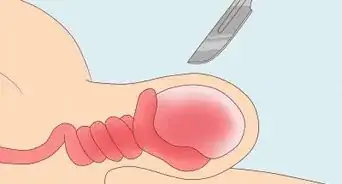
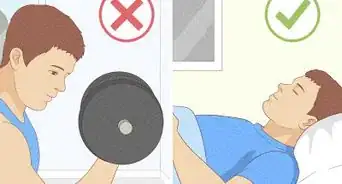




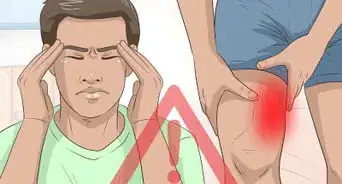

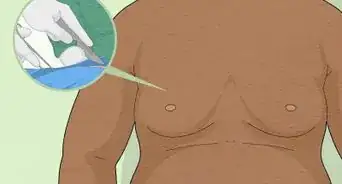
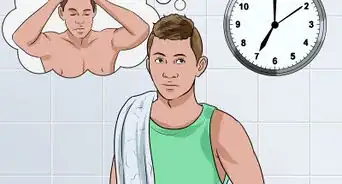








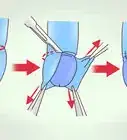

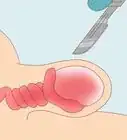



































Medical Disclaimer
The content of this article is not intended to be a substitute for professional medical advice, examination, diagnosis, or treatment. You should always contact your doctor or other qualified healthcare professional before starting, changing, or stopping any kind of health treatment.
Read More...